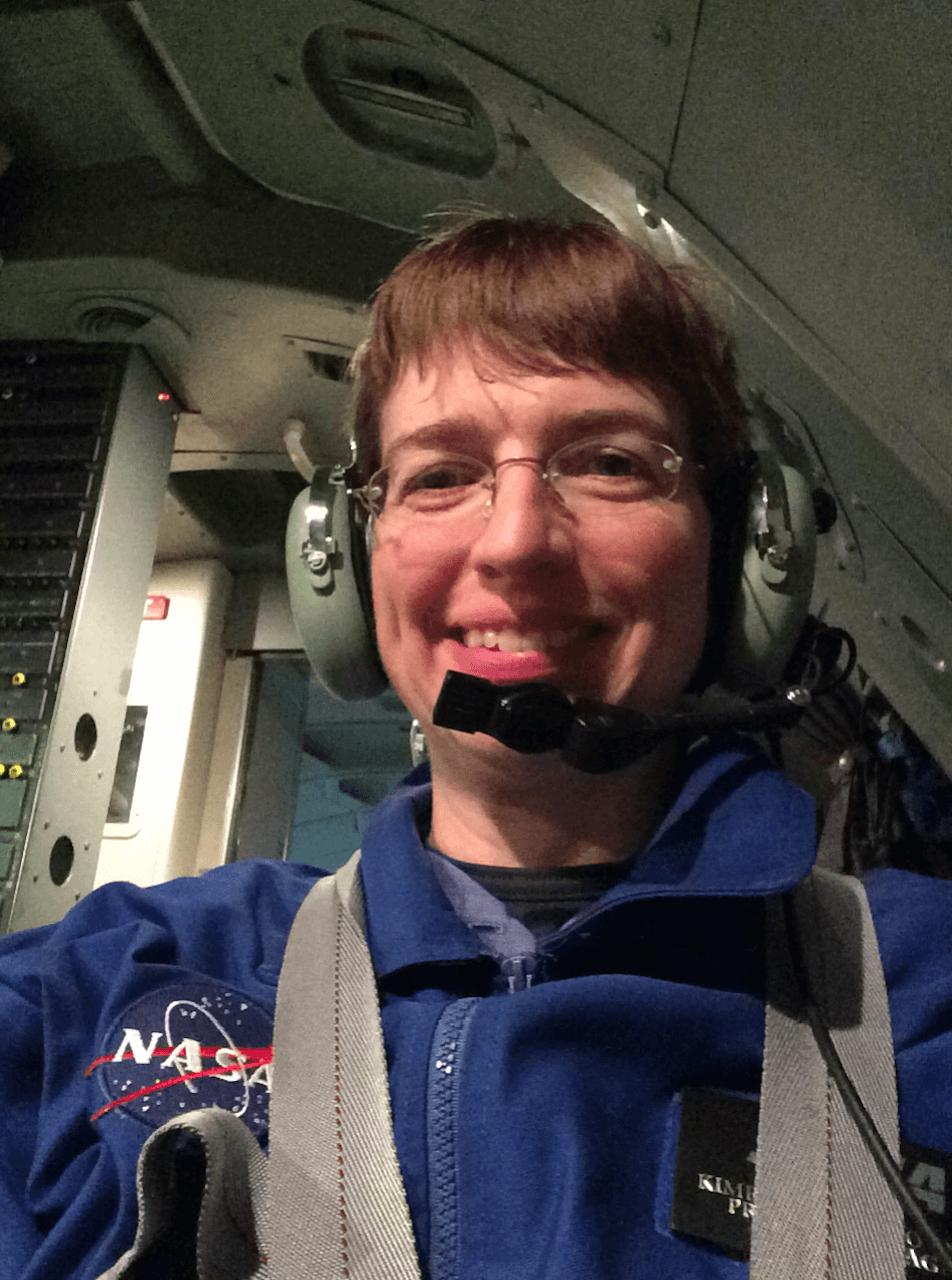June 27, 2017
The team readies for the second flight in the week’s flight series. Tonight we are to gaze into the Small Magellanic Cloud, the circumnuclear zone around our Milky Way’s Galactic Center plus a peak at some low mass protostars, the envelopes of interstellar clouds, and massive young stellar objects.
We complete the mission briefing, and get on the plane, mingling with the scientist and operators on board waiting for the all-clear.

While we waited, I talked with Telescope Operator Sam who started working on SOFIA a few months ago. He came from the world of ground-based astronomical instrument building and operations and got the “operations-bug.” He reflected on how different the SOFIA telescope is compared to a ground-based observatory, and how each leg of each flight essentially “commissions the telescope anew”, doing a new pointing assessment in an environment of changing pressure, something a ground-based or space-based telescope never really has to deal with. I walked with a deeper appreciation for the German-designed and built telescope on the SOFIA Observatory. It is not just one-of-a-kind: it is an engineering marvel one-of-a-kind telescope.
We had a minor issue with the aircraft during the prep checklist sequence and we had to reschedule the flight. It is heart-braking as the operations and science teams have spent weeks of intense time to get each flight ready to go to optimize the science. Each flight is essentially its own “science mission.”
Things do happen with aircraft and when the issue cannot be resolved in a period long to allow us to get back on the skies to intercept our science timeline, we reschedule. Tonight’s science plan gets flown tomorrow night, with a slight delay of four minutes to account for the shifting of sky positions (due to the Earth’s revolution around the Sun in a 24 hr period).
The operations team uses the post-debrief to educate handover items to the ops team for tomorrow’s flight. The stars will be there waiting for us.


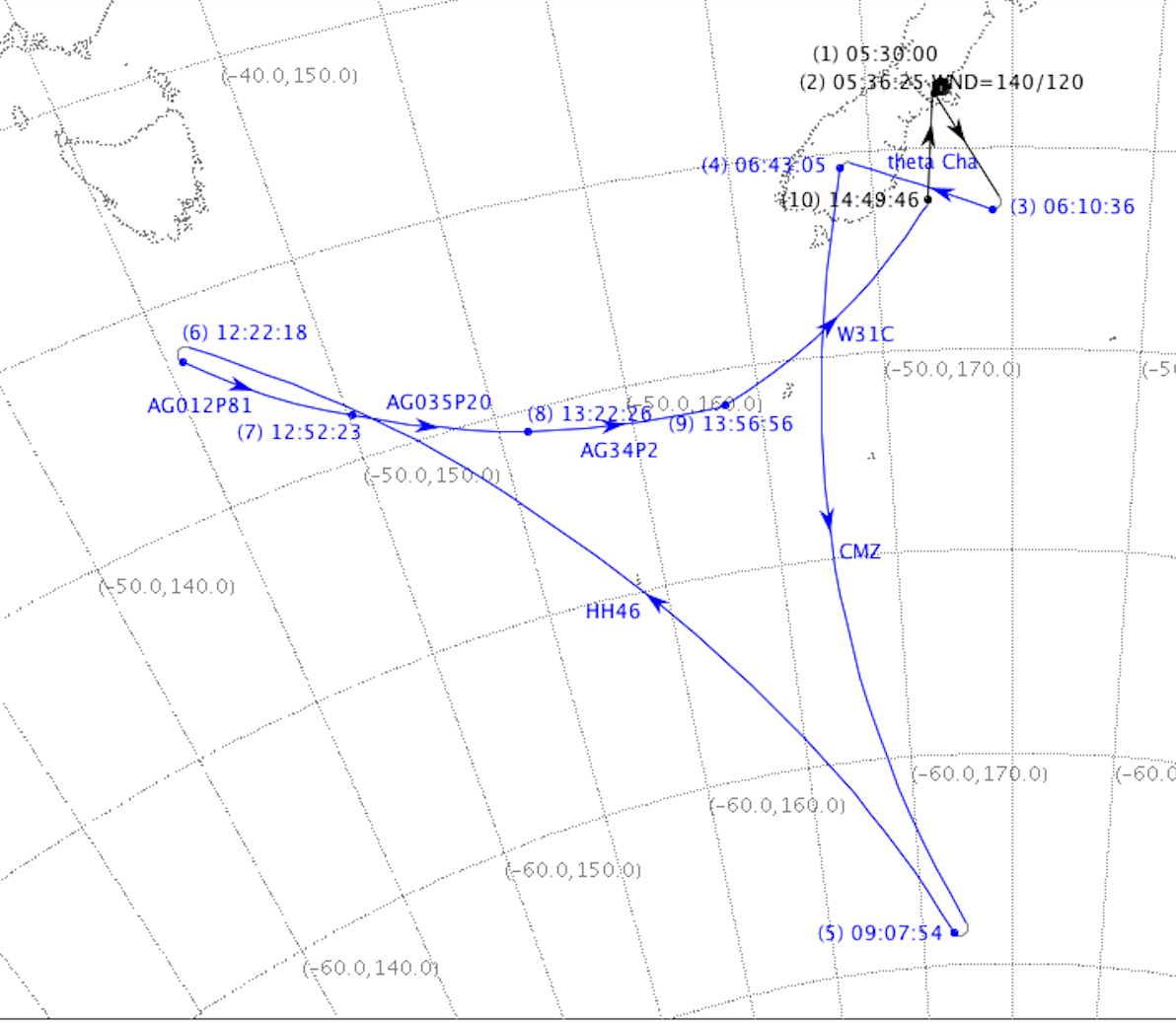

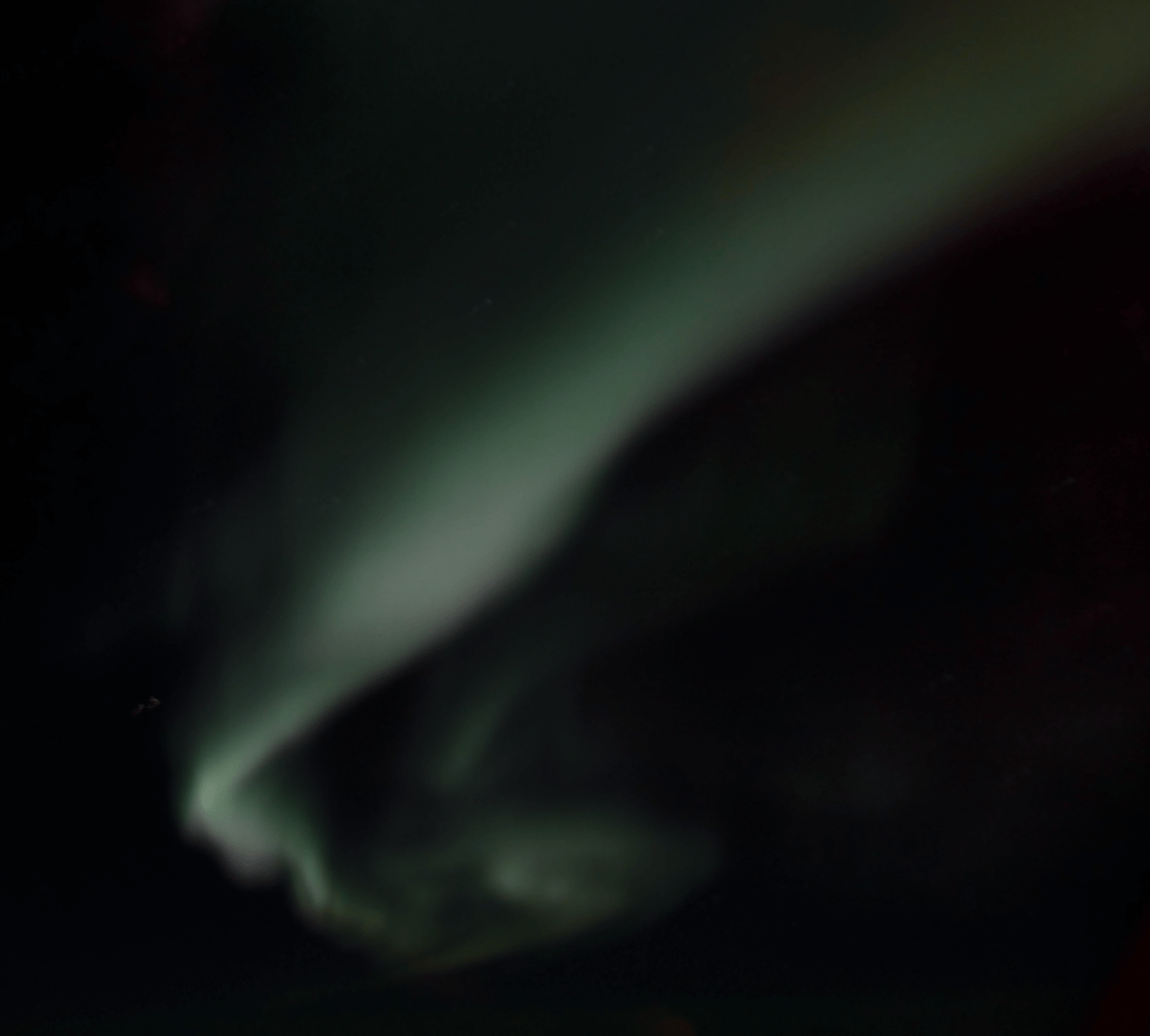
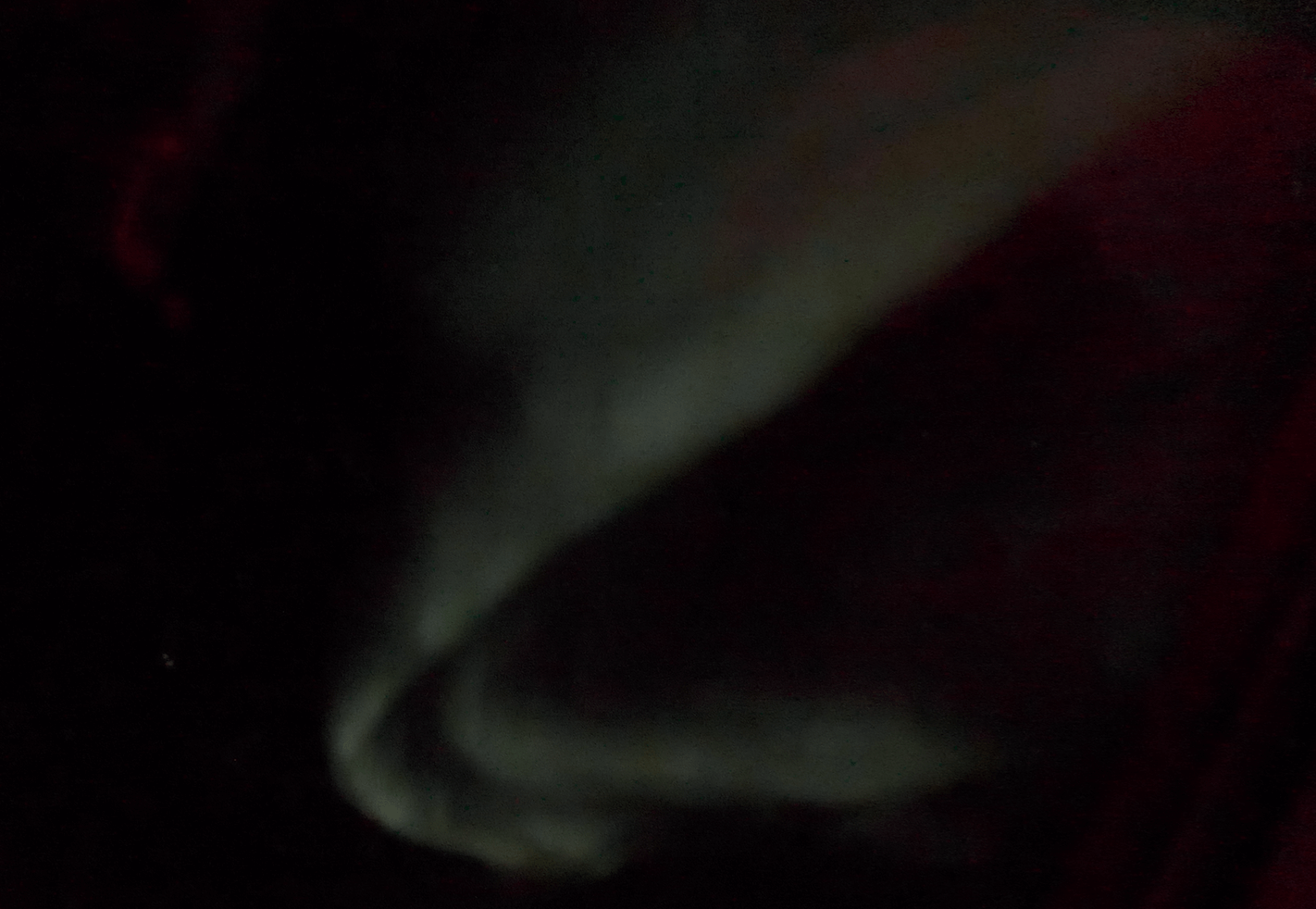
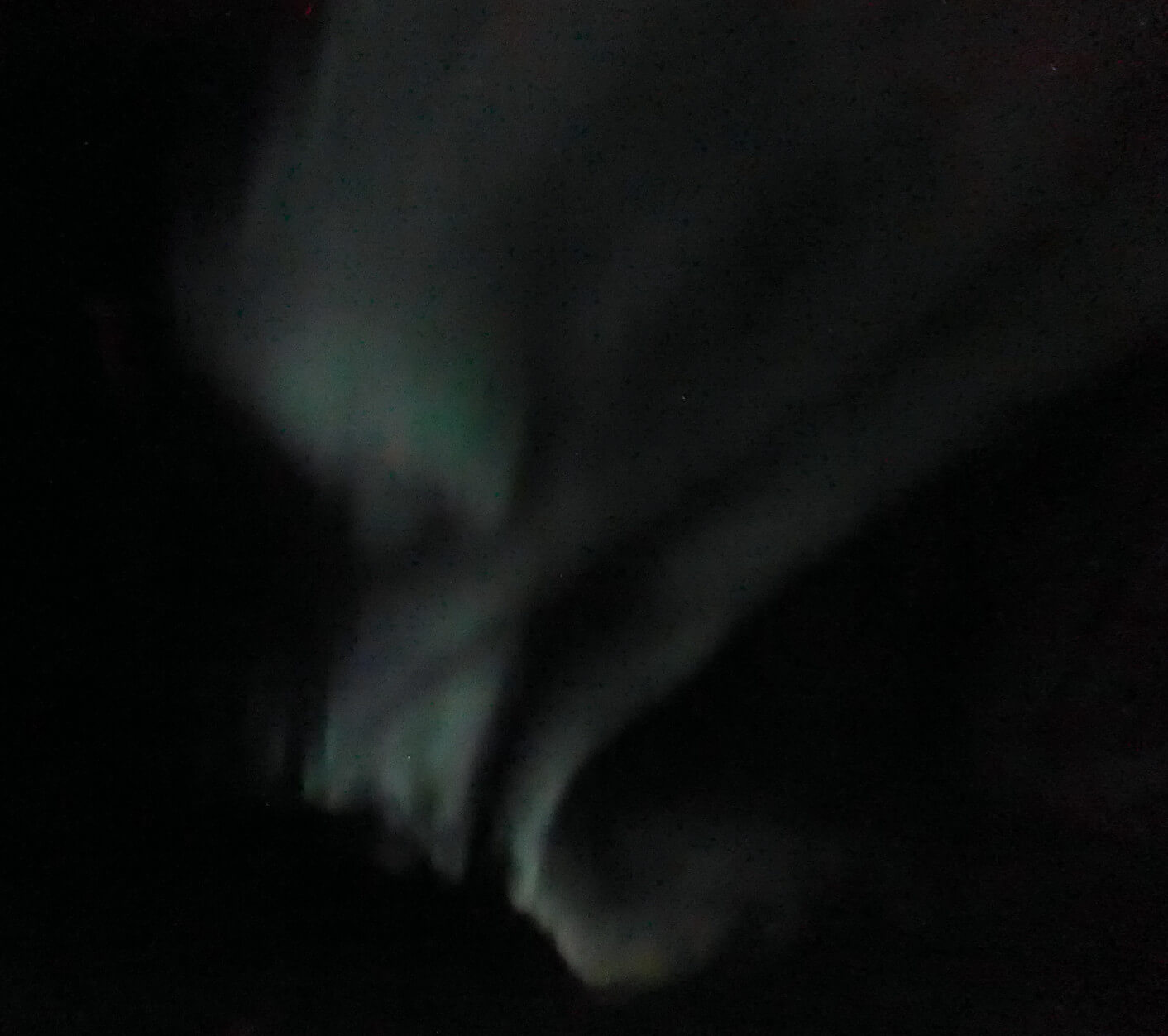
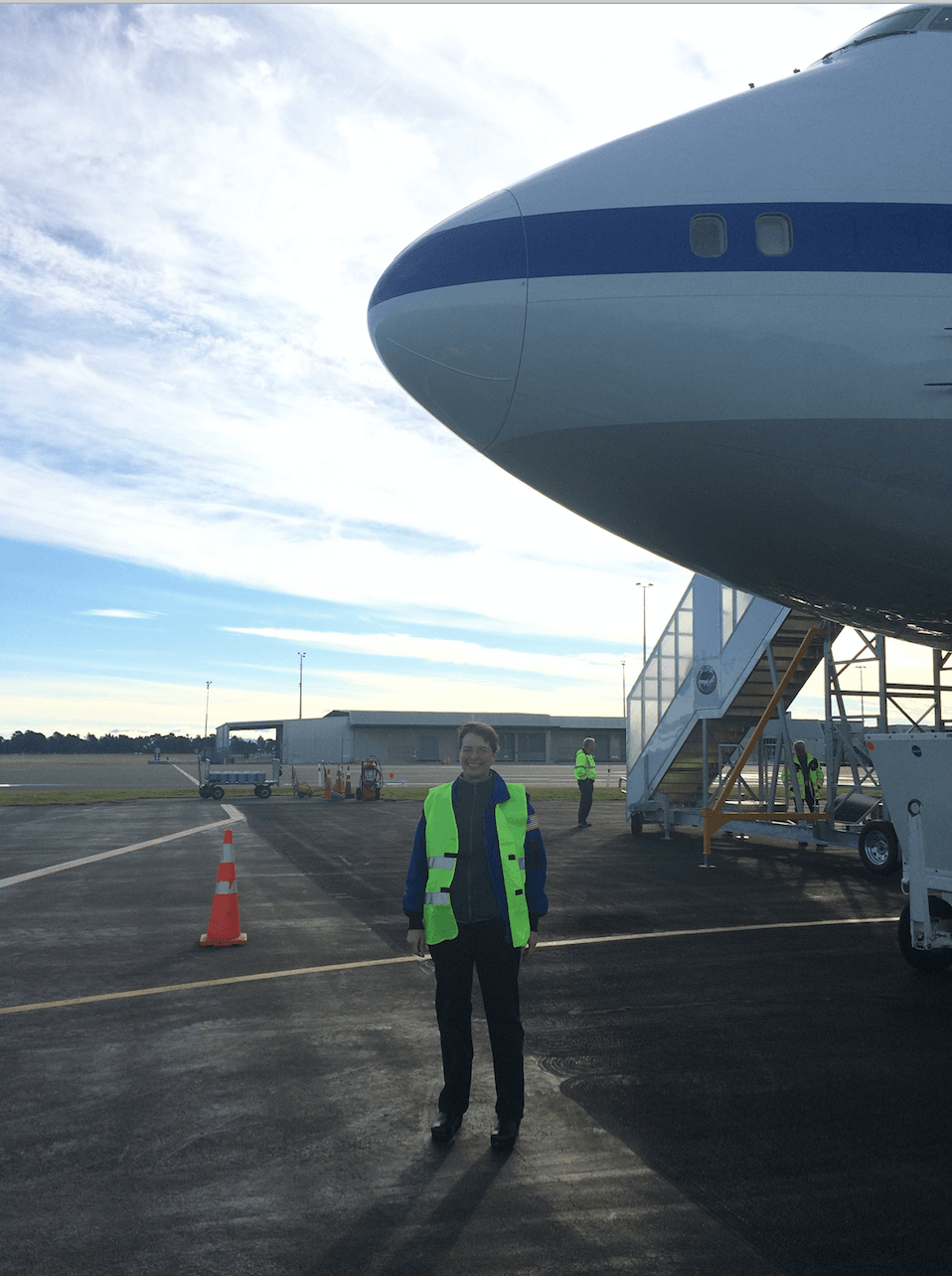
 SOFIA’s new capability for science instruments – cryocoolers on the upper deck.
SOFIA’s new capability for science instruments – cryocoolers on the upper deck.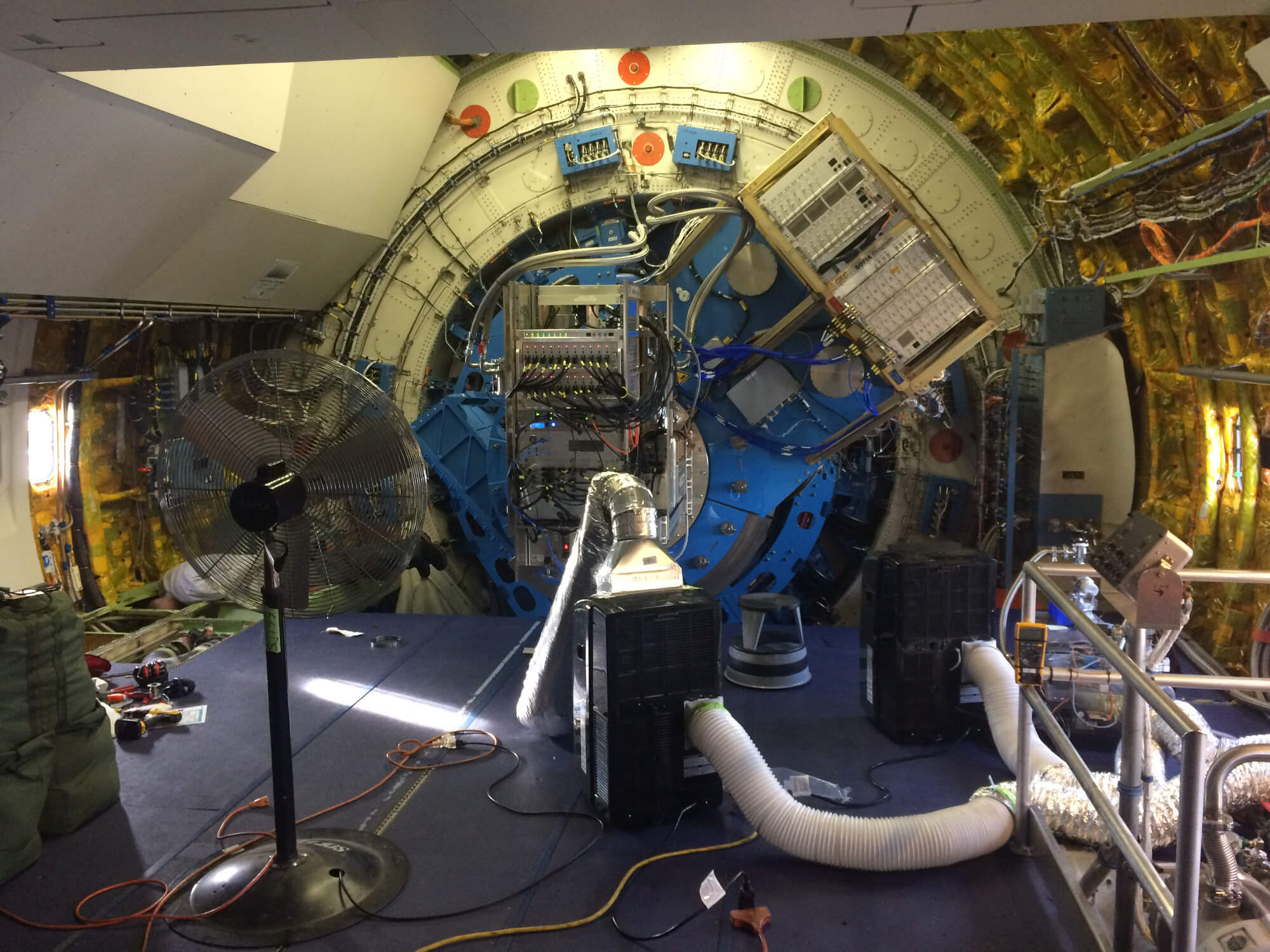 GREAT getting a pump & cool down.
GREAT getting a pump & cool down.